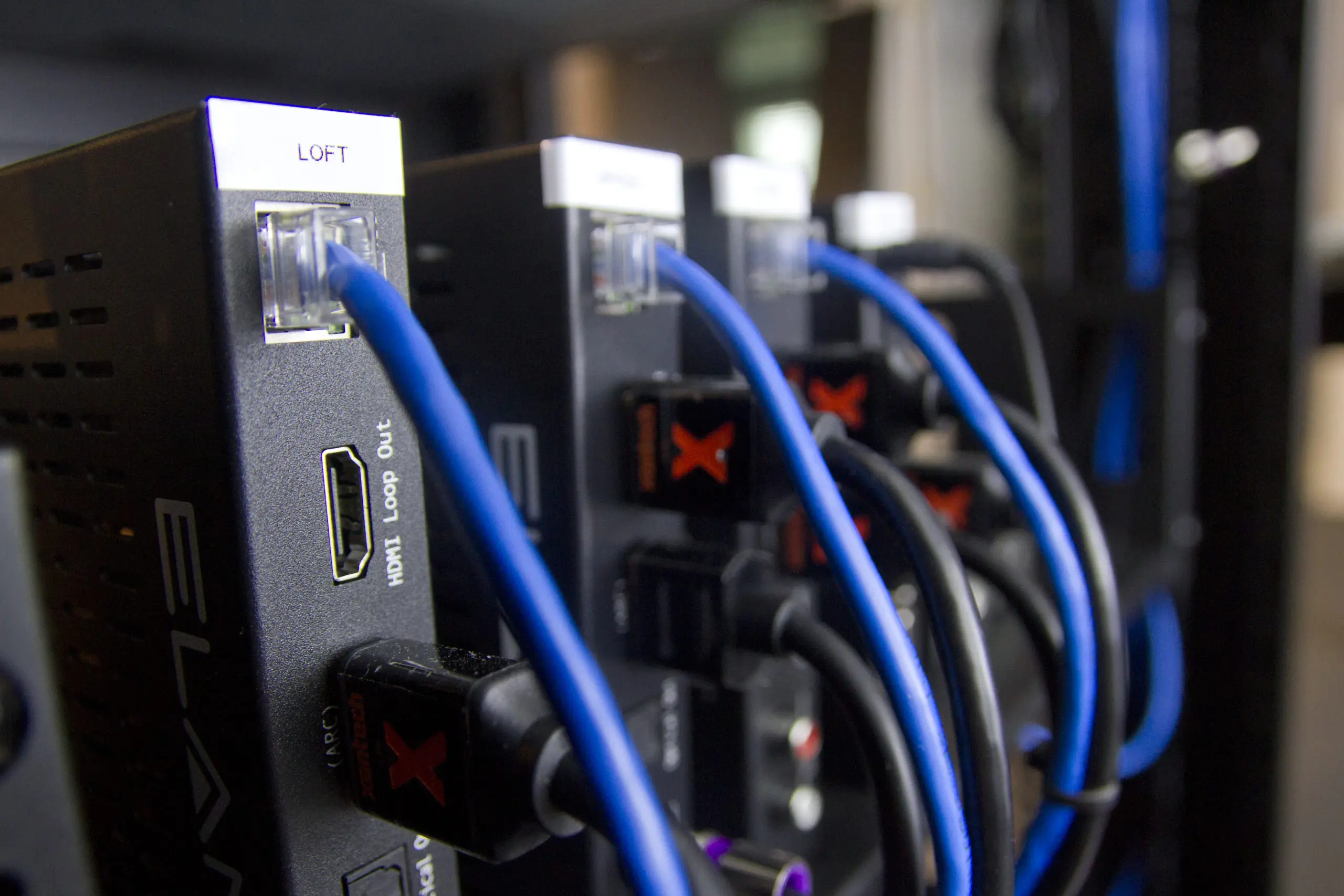Our process
We work with home owners and builders across the United States to comission smart home deployments in new construction. Our full service project management service is divided into phases.
Phase 1: Plan
Layouts, a bill of materials, and a detailed system description are created and revised until the plan is perfect.
Phase 2: Pre-Wire
We provide a checklist specifying every wire to be pulled, and provide speciality pre-wire material when required.
Phase 3: Install
The gear is sent pre-configured and ready to go. We provide rack layouts and a blueprint sized wiring schematic.
Phase 4: Program
Final programming is completed and the system is tested. System functionality is checked against original system description.












